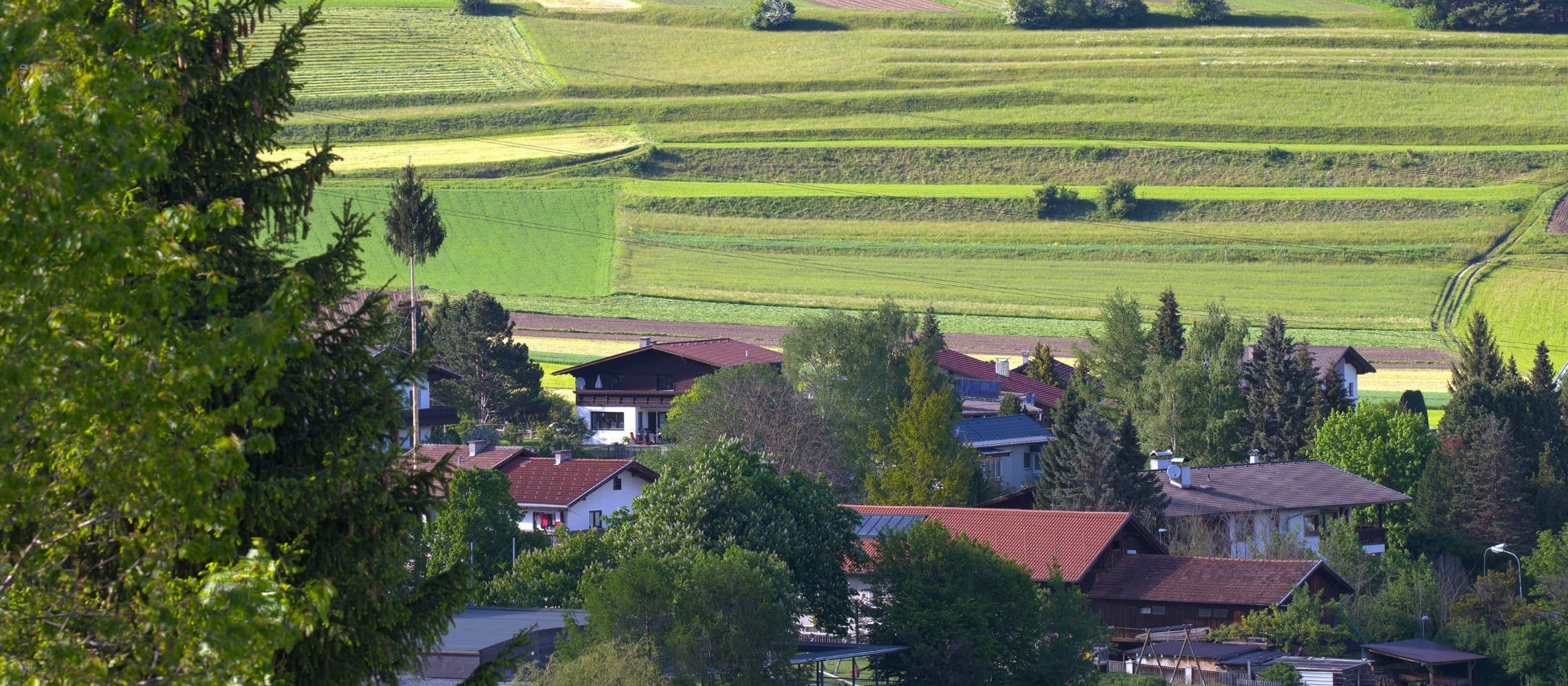Registration Opens
22 April 2025
Judging
Date
23 & 24 March 2026
Winners Announcement
22 April 2026
22 April 2025
23 & 24 March 2026
22 April 2026

With one of the most charming and charismatic characters in the Austrian wine business leaving his post by the end of this year, let's have a look at the legacy he is leaving and which organisation he has been dedicating himself to over the past 12 years.
We are talking about Willi Klinger, who has been directing the business of the Austrian Wine Marketing Board since 2007 with huge success, catapulting Austria from a little-known wine producing country in the heart of Europe to a big player in the drinks business.
But let's start at the beginning.
A year after the so-called wine scandal had hit Europe in 1985 with Austrian wineries being in the headlines for adulterating their wines using diethylene glycol, a substance used in antifreeze, to make their wines appear sweeter and more full-bodied, the organisation was founded to alleviate the fallout from the scandal and to bring devastatingly destroyed image of the Austrian wine back on track. Years of hard work of the board, along with the implementation of the strictest wine law in the world, Austria has risen like a Phoenix from the ashes.
The country has achieved what so many wine growing regions are seeking to do – from decades of producing entry-level and mid-segment wines it has climbed into fine wine territory and nowadays is famous for producing some of the world's best white and sweet wines, with the reds becoming stronger each season and with Austria's wine export sales have tripled in the past decade.
But how did this happen?
In 1999, when the country's wine business had already been re-established, the AWMB decided to implement a new marketing strategy, focussing on style, grape variety, brand, and origin. The creation of interprofessional industry associations including a national wine committee as well as regional ones and defined procedure rules were the first important components, as well as an appellation system – the DAC regulation (Austriae Districtus Controllatus). Furthermore, a wine hierarchy was established, distinguishing regions, subregions, villages, and crus. With these new quality control parameters, it was possible to get Austrian wine out of the bottom and mid-price segment, one of the major goals the AWMB had set itself. Of course, such a change comes at a risk and Austria was losing market share, mainly in its most important export market Germany, where consumers were not willing to suddenly pay higher prices for Austrian wines. But following a vision, the Board knew that as important as it is to leave the bottom, it was also to be seen at the top. The goal was to see Austrian wines in the best restaurants in the world, presented by top sommeliers who saw the potential of these wines and were able to win a worldwide clientele to fall in love with Austrian wine.
Conquering new markets was also on the list, as well as educating people all over the world about Austrian wine. Consumers often only know grape varieties, but teaching them about terroir, climate and the fact that each winemaker follows his own philosophy that then results in an individual wine, seems a given thing to most consumers today. But it sure was not 20 years ago. Neither was focussing on regional identity. It sure helped that Austria is a stunningly beautiful place, where strolling through scenic vineyards, indulging in a wine tasting in one of the numerous historic wine cellars quickly convinces you to be in the land of Bacchus himself, but it surely takes a lot of effort, dedication, and persistence to establish a certain quality and then keep and even improve it. Because regional identity is not only heritage but also a cultural achievement.
Since 2004 the organisation is an important supporter of the Institute of Masters of Wine, sending speakers to host educational seminars and providing resources for the Institute at trade events around the globe.
Since its foundation in 1986, the AWMB has had 6 executive directors, with Willi Klinger serving the longest, and although he is stepping down now, he will be not be leaving the wine world but is taking on a new challenge in the international wine business.
The 2025 International London Wine Competition is proud to announce the results of its 2025 edition, spotlighting wines that excel not only in exceptional quality but also in delivering outstanding value and compelling packaging. View Results | Order Stickers | Get Sponsorships to promote your win in the first 30 days.